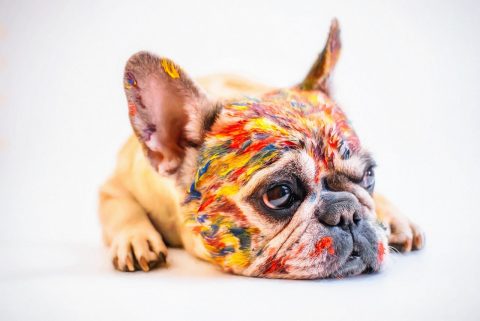
Ultimate Guide To Choosing Pet-Friendly Colour
The human eye has three types of cone-retinal cells responsible for colour perception. Dogs have two. Thus they see a narrower spectrum of choosing colours than humans. Dogs have larger pupils, which is why they transmit more light and see well in the dark.
How Puppies See Colours
As for the colours, dogs distinguish between blue, yellow and grey. On the other hand, they don’t see red and orange the way we do. For dogs, an orange ball will be the same colour as grass.
Characteristics of Pet-Friendly Colour
Apart from choosing the best handyman to perform the work, pet owners should keep their pets safe during the painting.
Select natural bases product, paint with a label non-toxic. Water or herbs-based paints and essential oils are great. But their pigments are not powerful enough. Paints emit harmful fumes. Look for the tag zero VOCs (volatile organic compounds).
Cats and dogs tend to scratch furniture and walls. You need moderate brightness, stain-resistant and easy to maintain colours. To cover scratches opt for neutral colours. If you prefer darker shades, choose olive or brown.
Precautions During the Painting Process.
You should take precautionary measures during the execution of the works. Cats and dogs are very sensitive to sounds and smell. Make sure to ventilate the space after painting. Also, keep nets on doors and windows for kittens safety.
The best advice we can give you is to remove your pets from the “action” site until smells disappear.